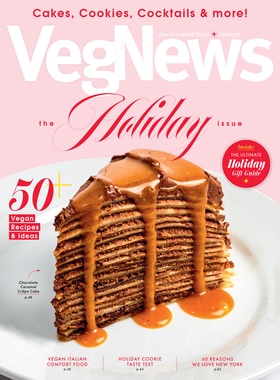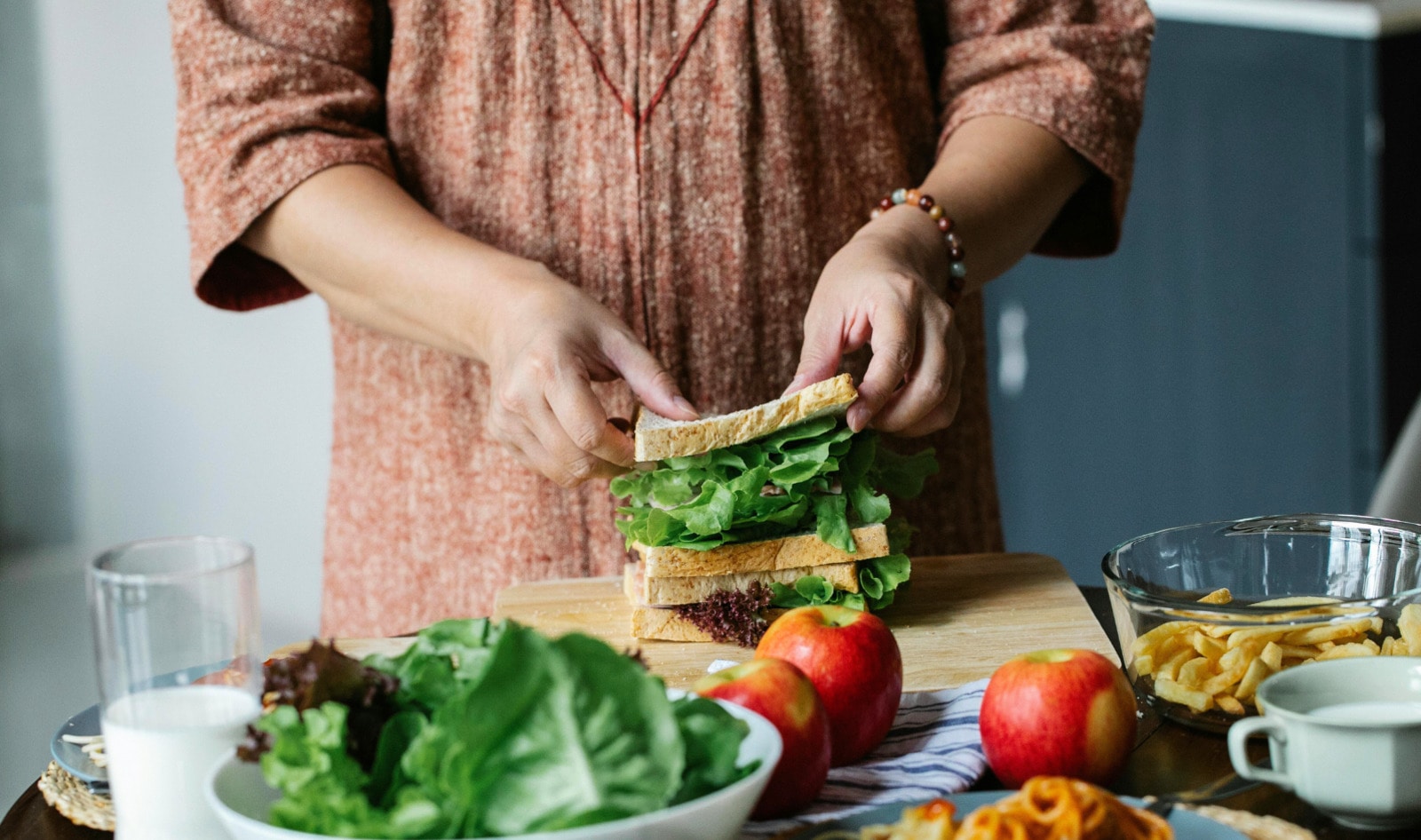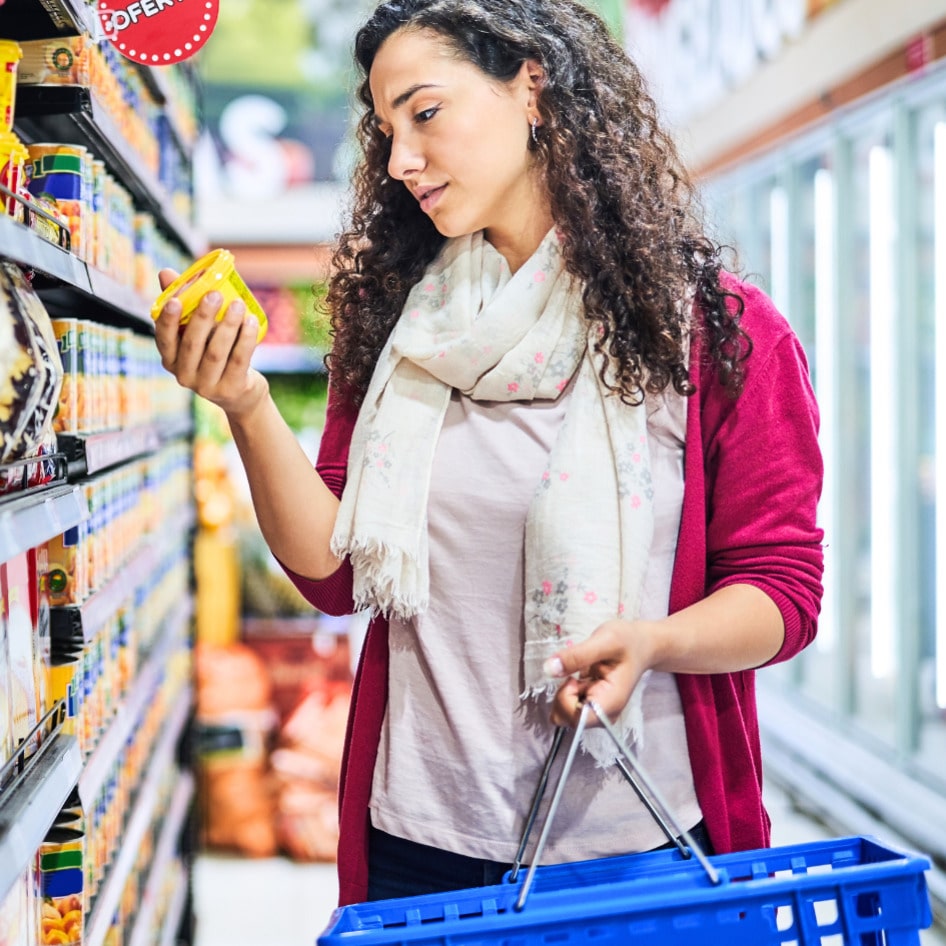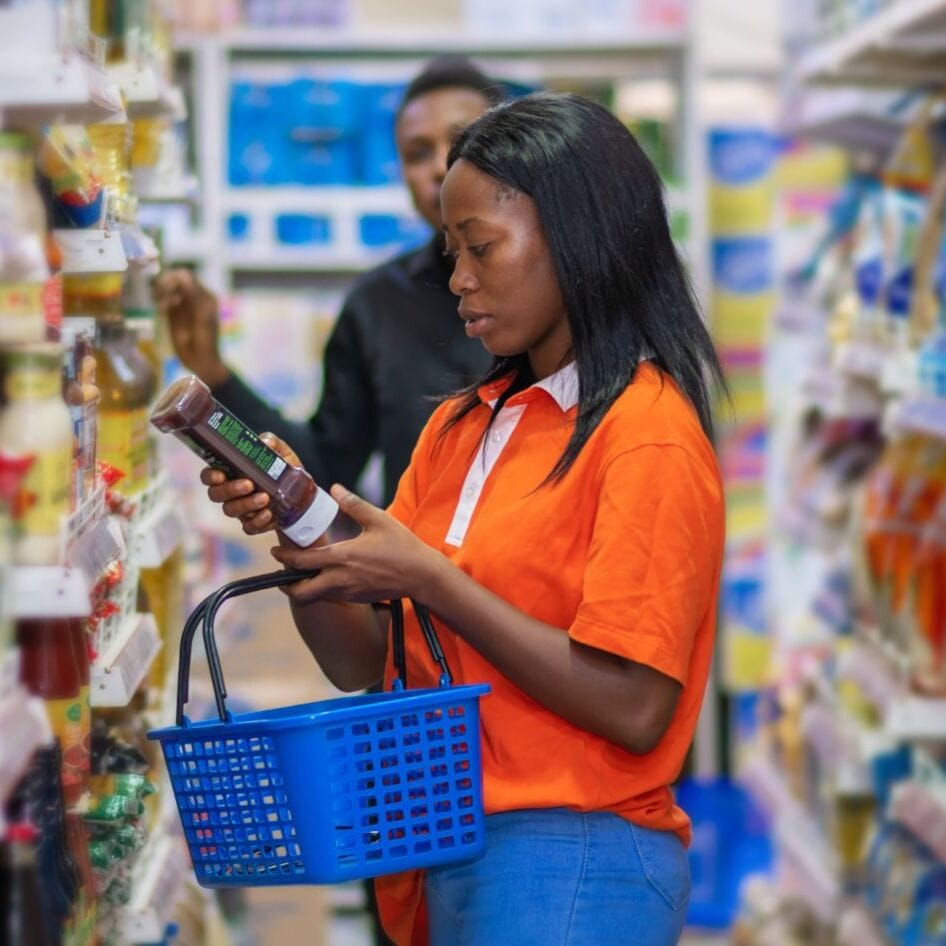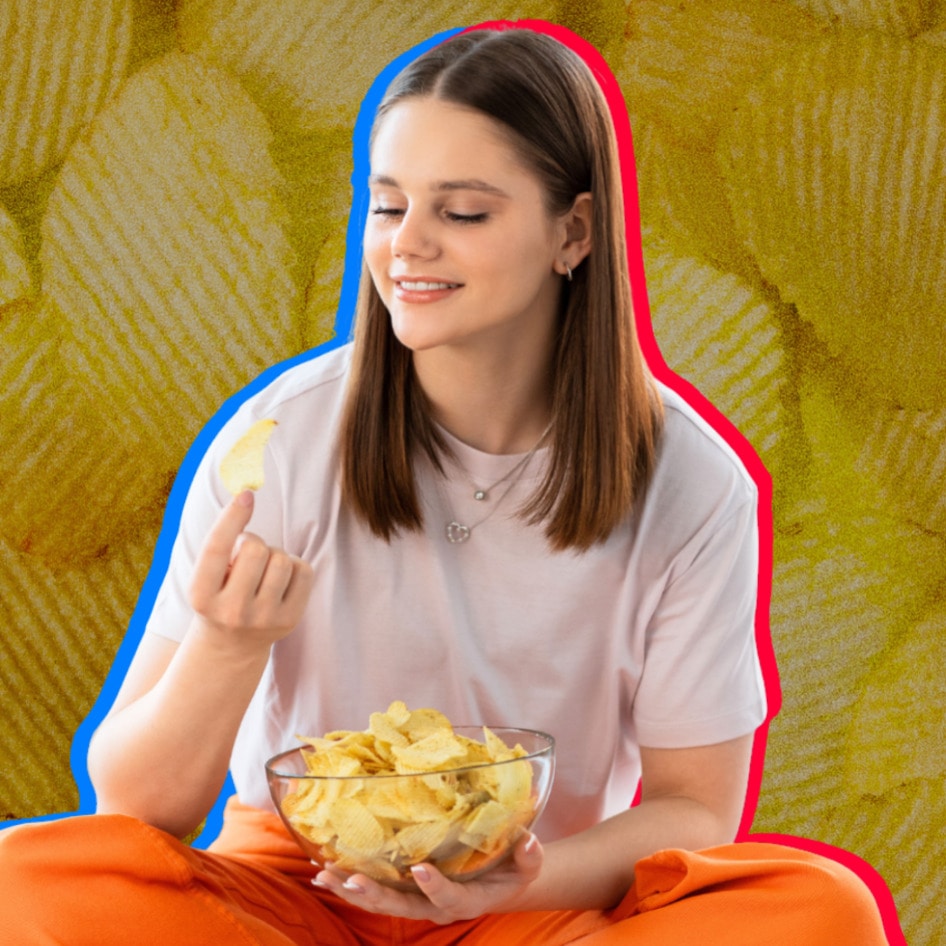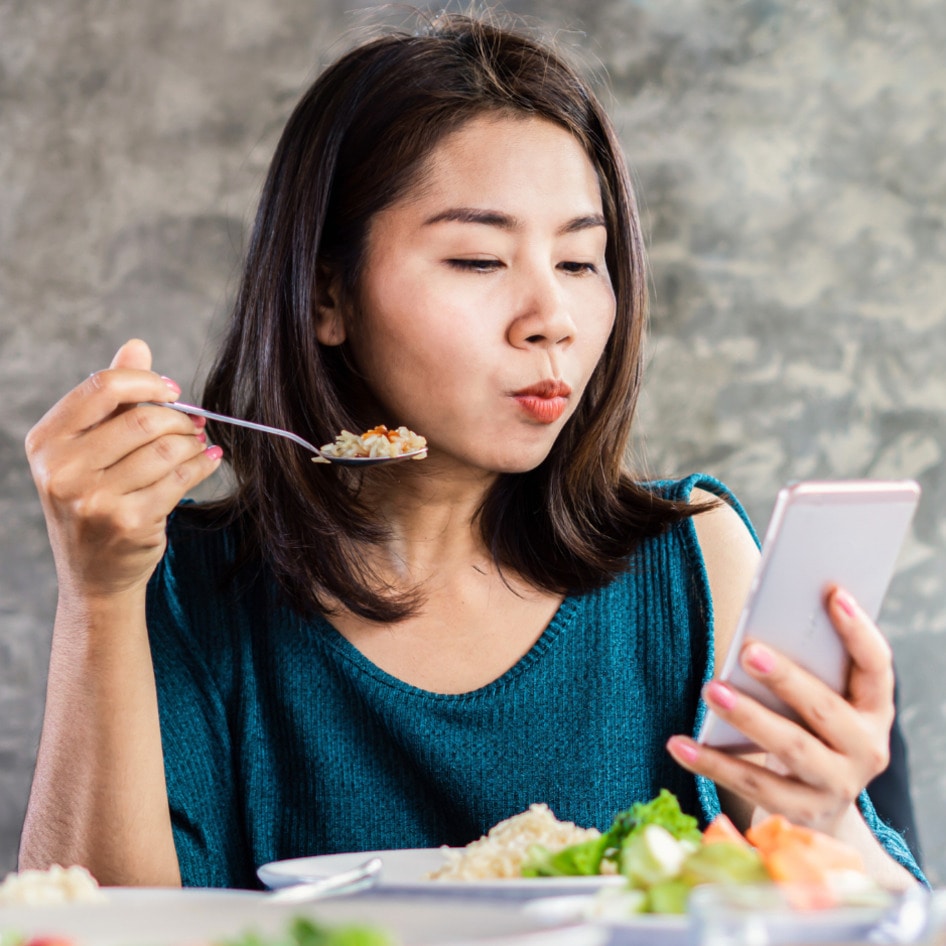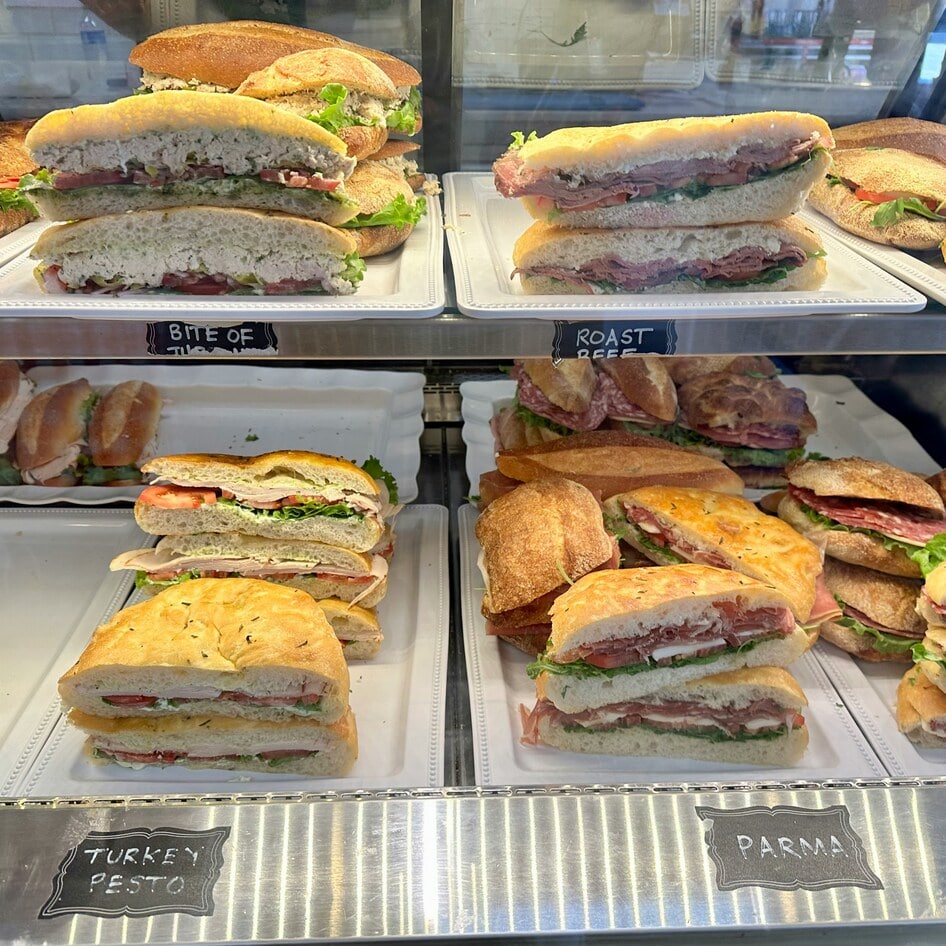Lately, the dangers of ultra-processed foods (UPFs) have dominated headlines. A recent study, for example, linked excessive UPF consumption to shorter life expectancy due to their role in more than 30 different diseases. This is especially worrying considering that around 60 percent of the average American’s daily calories come from UPFs.
But not all UPFs are created equal—and many experts say lumping them all together does more harm than good.
The call for a more nuanced discussion around UPFs
In October 2024, two UK scientists published a paper in PLOS Medicine cautioning against broad advice to avoid all UPFs. The category is vast and varied. While some ultra-processed products are undeniably harmful, others offer real nutritional value.
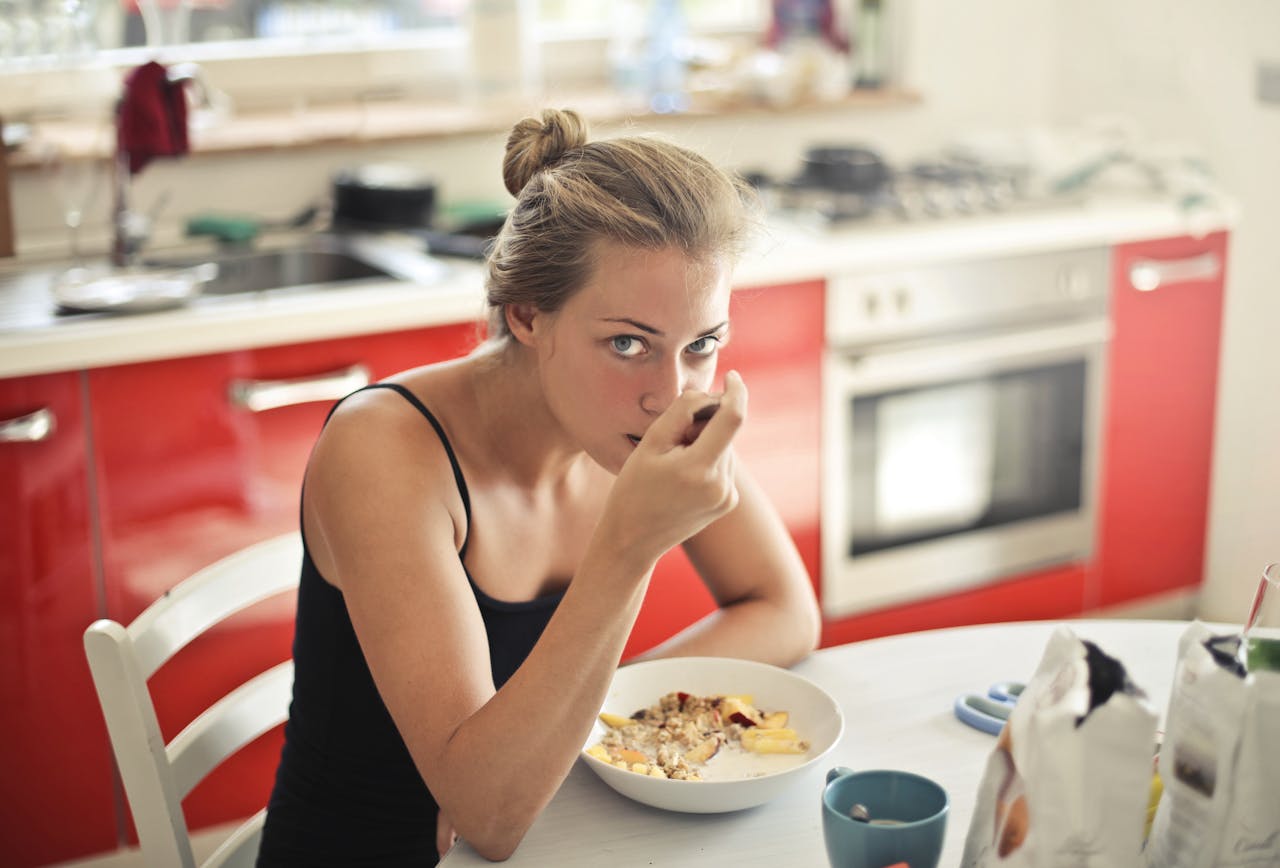 Pexels
Pexels
“Foods classed as ultra-processed, which are high in fat, salt and/or sugar, should be avoided, but a number of ultra-processed foods are not,” said Alexandra Johnstone, PhD, of the Rowett Institute of Nutrition and Health at the University of Aberdeen in a statement. “We should be thinking very carefully about what advice is being given to the public, as opposed to providing simplified and potentially misleading messages that grab headlines.”
Tim Spector, MD, co-founder of nutrition app Zoe and Professor of Epidemiology at King’s College London, agrees. That’s why Zoe recently launched its own UPF risk scale, a free feature for US app users that breaks down which processed foods are actually worth worrying about—and which are less concerning.
Zoe’s new UPF risk scale
“Since the inception of Zoe, our mission has been to improve the health of millions,” Spector told VegNews. “As the conversation around processed foods has grown, we saw a clear gap.” He added that current classification systems are often too simplistic. As a result, foods with vastly different nutritional profiles often get lumped into the same high-risk category.
Take oatmeal and bacon, for example. Both can fall under the UPF umbrella, but they couldn’t be more different. Oatmeal is a fiber-rich staple for many, while processed meats like bacon are known carcinogens. Zoe’s new scale aims to help consumers tell the difference and make informed decisions.
“This approach, when coupled with foundational nutrition knowledge on fiber, fats, protein, sugar, and salt content, empowers people to make smarter food choices,” Spector says. “We set out to build something more nuanced and practical for the everyday consumer.”
That nuance matters. Dave’s Killer Bread, for instance, is technically ultra-processed, but it’s made with whole grains, seeds, and other nutrient-dense ingredients. It offers fiber, protein, and healthy fats—so it scores low on Zoe’s UPF risk scale.
Lucky Charms, on the other hand, would rank high-risk. Loaded with sugar, artificial colors, and minimal nutritional value, it’s a good example of a UPF that may contribute to poor health outcomes.
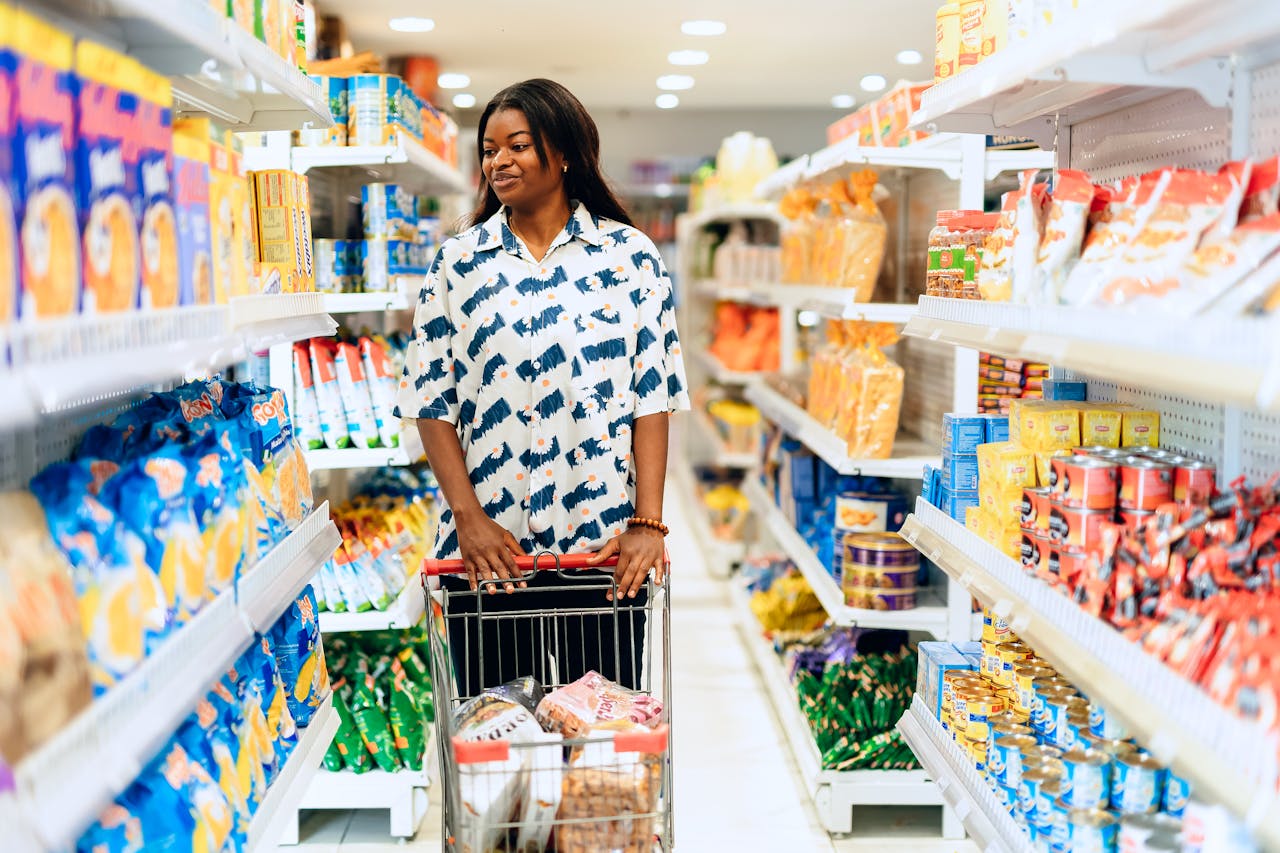 Pexels
Pexels
The Zoe scale also factors in things like additives (some of which may be harmful), hyperpalatability (the “magic” combo of salt, sugar, fat, and refined carbs that drives overconsumption), and energy intake rate—a scientific measure of how quickly we consume calories.
Foods with softer textures, like applesauce, are often eaten faster than their whole-food counterparts, like a whole apple. That speed can interfere with fullness cues and lead to overeating—think: potato chips or fast-food French fries. “Hyperpalatability is rarely found in natural, unprocessed foods,” adds Spector.
BECOME A VEGNEWS VIP: Get exclusive product deals, freebies, and perks galore!
Ultimately, the new scale isn’t about restriction or fear—it’s about giving people better tools to make informed choices. “Ultimately, this is about empowering people with better information, not judgment,” he says. “It’s not about restriction—it’s about choice, grounded in science.”
“The risk scale is now live in the Zoe app in the US, which is free to download,” Spector continues. “Users can simply scan a barcode to instantly see a food’s categorization: from ‘No Risk’ to ‘High Risk.’” Find out more about the new scale by downloading the Zoe Health app here.
For more plant-based stories like this, read:
JUMP TO ... Latest News | Recipes | Guides | Health | Subscribe
